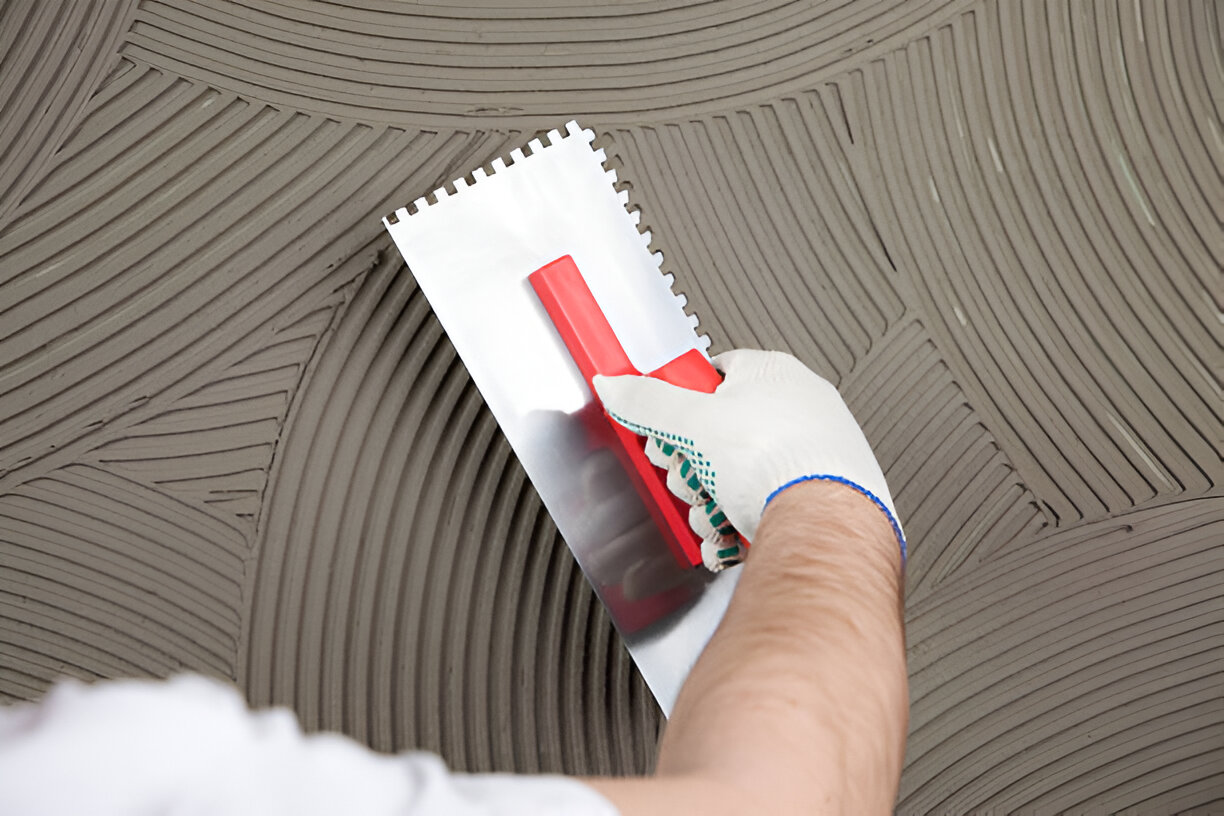Joint replacement surgery, whether it’s for the hip, knee, or shoulder, is a life-changing procedure that can significantly improve a patient’s quality of life by alleviating pain and restoring function. However, the road to recovery can be long and challenging. Successful rehabilitation requires more than just the surgical procedure itself—it demands a structured, well-rounded approach to recovery. Alex Kime, a seasoned physical therapist with extensive experience in orthopedic rehabilitation, shares valuable insights and strategies that can help patients recover faster and more effectively from joint replacement surgery. This guide will focus on his recommendations for maximizing recovery, minimizing complications, and enhancing long-term outcomes.
Understanding Joint Replacement Surgery
Joint replacement surgery involves removing a damaged or diseased joint and replacing it with an artificial one. This procedure is typically performed on patients with conditions such as osteoarthritis, rheumatoid arthritis, or joint injuries. The most common types of joint replacements are hip and knee replacements, though shoulder and ankle replacements are also becoming more common.
While joint replacement surgery has a high success rate, recovery can take time. It often involves managing pain, improving mobility, and regaining strength. The recovery process typically includes several phases, starting with immediate post-surgery care and progressing to more intensive rehabilitation. Each phase requires different strategies to ensure that the healing process is smooth and effective.
Preparation Before Surgery
One of the most overlooked aspects of joint replacement surgery recovery is the preparation done before the procedure. Alex Kime believes that a successful recovery begins long before the patient enters the operating room. Pre-surgery preparation can make a significant difference in how quickly and effectively the body heals.
- Physical Conditioning: Strengthening the muscles surrounding the affected joint can help improve recovery times. Alex Kime recommends performing low-impact exercises to strengthen the muscles in the leg, hip, or shoulder prior to surgery. Stronger muscles support the joint and provide better post-surgical mobility.
- Weight Management: Maintaining a healthy weight before surgery is crucial for reducing strain on the new joint and improving overall recovery. Excess weight can delay recovery and increase the risk of complications, especially in hip and knee replacement surgeries.
- Mental Preparation: Preparing for surgery mentally is just as important as physical preparation. Anxiety and stress can impact healing, so Alex Kime encourages patients to engage in relaxation techniques, such as deep breathing or meditation, to reduce pre-surgery stress. A positive mindset plays a significant role in healing, as it promotes an attitude of resilience throughout the recovery process.
Following Post-Surgery Guidelines
Once the surgery is complete, following the surgeon’s post-operative guidelines is essential for a smooth recovery. These guidelines are designed to reduce complications, manage pain, and promote healing.
- Pain Management: Pain is a normal part of the recovery process, but it must be managed effectively to allow patients to begin rehabilitation. Alex Kime advises his patients to follow a pain management plan prescribed by their doctor. This plan may include medications, ice therapy, and techniques to reduce swelling. Proper pain control enables patients to begin gentle movement and rehabilitation without hindering the healing process.
- Rest and Elevation: Immediately after surgery, it is essential to allow the body to rest and heal. Alex Kime stresses the importance of elevating the joint, especially in the case of knee or ankle replacements, to reduce swelling and improve circulation. Resting in between rehabilitation sessions allows the body to recover and prepares it for the next stage of recovery.
- Avoiding Complications: Complications, such as infection, blood clots, or joint dislocation, can delay recovery. Alex Kime advises that patients adhere strictly to any recommended restrictions, such as avoiding certain movements or weight-bearing activities until cleared by their healthcare provider. Using assistive devices like crutches, walkers, or canes as prescribed helps minimize the risk of complications.
The Role of Physical Therapy
Physical therapy is a cornerstone of joint replacement recovery, and it is essential for a faster and more effective recovery. Alex Kime’s experience as a physical therapist allows him to understand the key components of rehabilitation that are crucial for success.
- Early Mobilization: Starting physical therapy as soon as it is safe to do so can significantly speed up recovery. Alex Kime encourages patients to begin gentle movement and stretching exercises as soon as possible after surgery. Early mobilization helps reduce the risk of stiffness, increases blood circulation, and maintains flexibility in the joint.
- Strengthening Exercises: After the initial healing period, physical therapy focuses on strengthening the muscles around the newly replaced joint. Alex Kime often incorporates exercises designed to rebuild strength and function in the affected area. This might include exercises to target the quadriceps, hamstrings, glutes, or hip flexors for a hip or knee replacement, or shoulder strengthening exercises for a shoulder replacement.
- Range of Motion Exercises: Restoring full range of motion in the joint is another critical aspect of recovery. Alex Kime recommends exercises that gently stretch the joint and surrounding muscles, helping to restore flexibility and prevent stiffness. Gradually increasing the range of motion enhances the overall function of the joint and allows patients to perform daily activities more easily.
- Consistency and Progression: Recovery from joint replacement surgery is a gradual process. Patients should be consistent with their physical therapy exercises and progressively increase the intensity as they regain strength. Alex Kime emphasizes that patients should not rush the recovery process but should steadily progress at their own pace to avoid overloading the joint.
Nutrition for Healing
Nutrition plays a vital role in the recovery process, especially after joint replacement surgery. Alex Kime highlights the importance of eating a balanced diet rich in nutrients that promote healing and tissue regeneration.
- Protein: Protein is essential for muscle repair and recovery, and it plays a key role in the healing of tissues after surgery. Alex Kime suggests incorporating lean meats, fish, legumes, and plant-based proteins into the diet to support the body’s healing process.
- Calcium and Vitamin D: These nutrients are crucial for bone health, and they support the healing of the bone around the joint replacement. Dairy products, fortified cereals, and leafy greens are great sources of calcium, while sunlight and fortified foods can help ensure adequate vitamin D levels.
- Anti-Inflammatory Foods: Consuming foods that have anti-inflammatory properties, such as fatty fish, nuts, seeds, and fruits like berries, can help reduce swelling and support faster recovery.
Avoiding Setbacks
Recovering from joint replacement surgery requires patience, but certain behaviors can speed up the healing process while others can hinder progress. Alex Kime advises his patients to avoid the following:
- Overexertion: Pushing the joint too hard, too soon can lead to setbacks and slow down recovery. It’s important to listen to the body and avoid overexerting the joint, especially in the early stages of rehabilitation.
- Ignoring Pain: While some discomfort is expected during rehabilitation, sharp or persistent pain is a sign that the body may be overstraining. Alex Kime stresses the importance of notifying a healthcare provider if pain persists or worsens during therapy.
- Skipping Physical Therapy: Skipping physical therapy sessions or neglecting prescribed exercises can significantly hinder recovery. Consistency is key to rebuilding strength and function, and missing sessions can lead to a slower recovery.
Long-Term Maintenance and Preventing Future Injury
Once the initial recovery period is over, it’s important to maintain strength and mobility to ensure the long-term success of the joint replacement. Alex Kime advises patients to continue with a maintenance exercise program to prevent the muscles from weakening and to maintain flexibility in the joint.
Additionally, adopting healthy lifestyle habits, such as maintaining a healthy weight, practicing proper posture, and avoiding high-impact activities that may strain the new joint, can help protect the joint replacement and prevent future issues.
Conclusion
Joint replacement surgery can offer a new lease on life, but recovery requires careful planning, patience, and dedication. Alex Kime’s comprehensive guide to faster recovery emphasizes the importance of preparation, following post-surgical guidelines, physical therapy, nutrition, and consistency in rehabilitation. By adhering to these tips and taking an active role in the recovery process, patients can improve their chances of a swift and successful return to daily activities and enjoy long-lasting benefits from their joint replacement surgery.
Also Read
- ► How to Style a Readymade Saree for Weddings
- ► Madhappy: Revolutionizing Modern Streetwear
- ► Tableau Alternatives: Solutions for Data Enthusiasts
- ► The Role of AI in Modern Dispatch Services
- ► Land Rover LR4 Issues You Should Know Before Buying One
- ► Why Full-Stack Development is a Great Career Option in 2025
- ► What is the Difference Between Private Jet Membership and Chartering?
- ► How Much Does It Cost To Print Loyalty Cards In Bulk?
- ► Unlocking Wellness with The ://Vital-Mag.Net Blog
- ► Scaffolding in Wellington: Everything You Need to Know
- ► Best Networking Assignment Answers for You
- ► How Do Share Traders Take Advantage of Bull and Bear Markets?
- ► Top Benefits of Hiring a Data Analyst Company in Bangalore for Your Business
- ► How AI Development Companies are Shaping E-Commerce
- ► Transform Your Home Gym with the Latest Foldable Treadmills and Walking Pads





